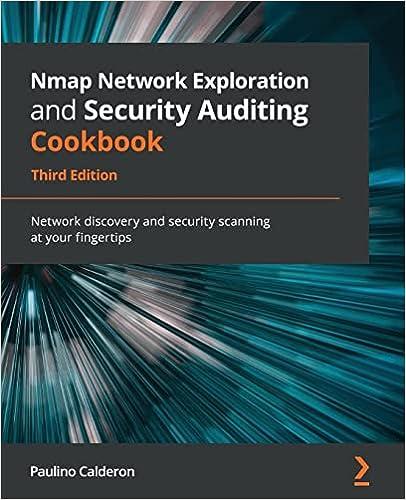Manufacturing begins in the spinning department and moves to the dyeing department where additional material from the raw material inventory is added along with conversion costs as the rolls dyed. All materials for the dyeing process are added at the beginning of work in the dyeing department. Conversion costs (manufacturing overhead and direct labor) are added evenly throughout the dyeing process. The FIFO method is used. FACTS: Assume that the dyeing department began the month of April with 70 units in its Work in Process inventory (unfinished from March). Although all of the material is already in the 70 units, not all of the conversion work was done. Work (Conversion Costs) on these beginning units was 20% complete at the beginning of April. During the month, 550 units were transferred in to the dying department. At the end of the month, 140 of the units started were still in process; dyeing work (Conversion Costs) on these units was 80% complete. The available information is as follows for the Dyeing department: Data Gathered IINITS (Rolls of Wallpaper)) Dyeing worked on 620 units during April (the this month.) Since we are told that there were 140 finished and moved out to the cutting department. The 70 units in beginning work in process inventory were the first completed, so that means units were started and completed during April (we need to determine the started and completed for allocation purposes). STEP 2: Calculate equivalent units of production. Since all materials are added by the Dyeing department at the beginning of production, and conversion costs are added evenly, throughout production, equivalent units must be calculated separately for materials and conversion costs. Recall that conversion costs are the costs needed to "convert" raw materials to a finished product (labor and factory overhead). Matarial anuivalent unite for the Dveino denartment would be calculated as follows: (all of material in the beginning WIP was added last month) (all of the material in Units Started and Completed as well as Ending WIP was added THIS MONTH) Conversion equivalent units for the Dyeing department would be calculated as follows: % Conversion (look at the FACTS ....how much more work (conversion costs) has to be done THIS month to finish the beginning 70 units off......since 20% of work was done in March only 80% more work needed to be done on 70... as much work as doing 56 complete units (EUP). (look at the FACTS ..how much work was done on the ending inventory of 140 units....80\% of the work.... as much work as doing 112 units (EUP) STEP 3: Determine the cost per equivalent unit. In order to determine the total cost to produce a unit, a manufacturer must compute the materials cost and the conversion cost (labor and overhead) in a completed unit. This amount is the cost per equivalent unit. The formula for this calculation is: CostperEquivalentUnit=EquivalentUnitsProducedDuringtheMonthCostsIncurredDuringtheMonth The cost per equivalent unit must be calculated separately for materials and conversion costs since these resources are added at different rates in the manufacturing process (materials are added all at the beginning and conversion costs evenly throughout the process). The Transfer In cost per equivalent unit must also be calculated. Materials Equivalent Unit Cost is calculated as follows: $25.64=EUPfromabove(step2)$14100 Conversion Equivalent Unit Cost is calculated as follows: $10. d= $2.716 EUP for above (step 2) Transfer In Equivalent Unit Cost is calculated as follows: $42.33= EUP (EUP for Transfer in is 100% of number transferred in) STEP 4: Allocate costs to transferred and partially completed units. After calculating the cost per equivalent unit for materials and conversion costs, the cost of units completed and those still in process must be determined. Similar to Step 1- UNITS. now with COSTS, look at a format thathelps keep tract of the SSSS: Cost TO Aecount For and









